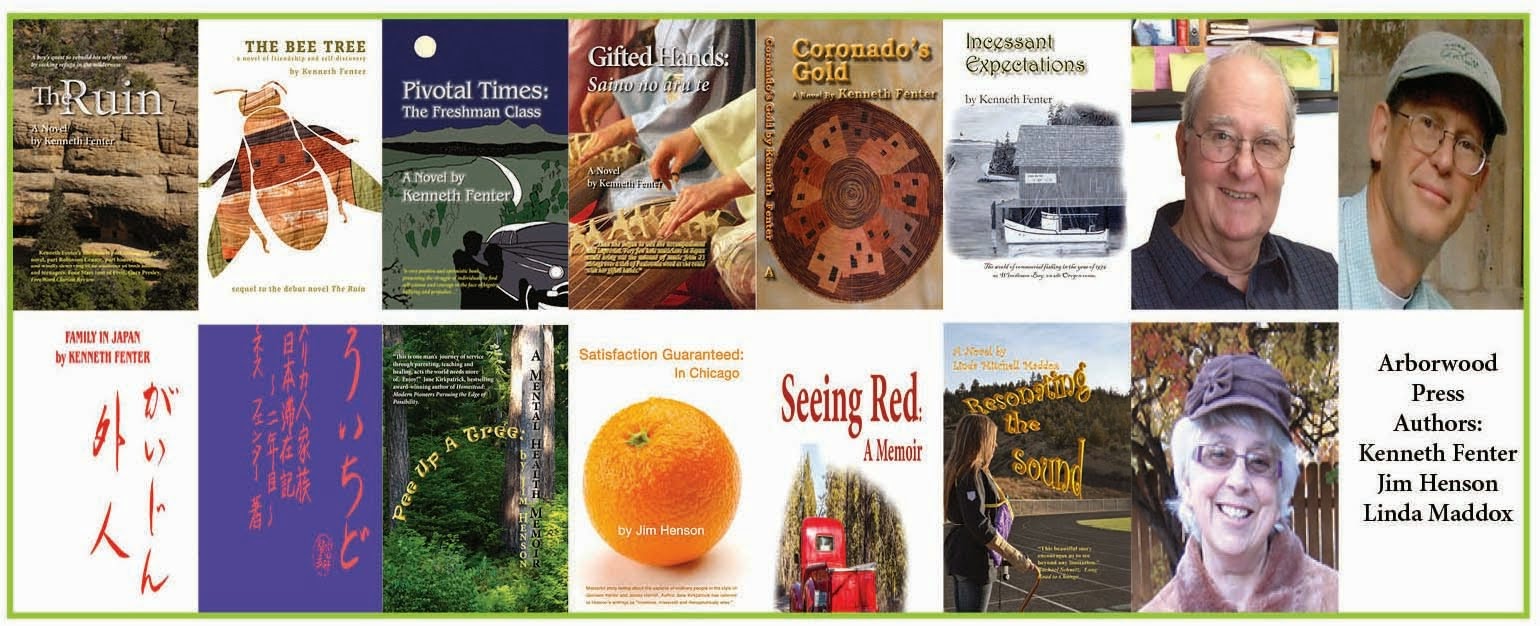Top Photo: The front entrance of the High Desert Museum. Next the entrance to the Hall of the High Plateau Indians. The next two photos show Stephan Zacharias tanning the deer hide hanging on the side of the pioneer storage shed in the lower photo. At the time the photos were taken Stephan was a Living History Dramatic performer and Interpreter at the HDM. He is now an Actor/Performer at Colonial Williamsburg. We learned much from Stephan as he donned the attire of such notables as the Rev. Thomas Condin, Oregon pioneer John Day, Explorer Jim Bridger, Civil Rights Activist John Beeson, Miner James Virtue and when he wasn't playing a dramatic role he was a steady figure at the pioneer homestead at the museum. Thanks for your inspiration and the memories at the Museum, Stephan.




Here it is New Year's Eve and it has been nearly a month since the last post. Today I was able to get back to The Ruin. Occasionally one has to set long term projects aside to complete other commitments. In this case three short movies for an exhibit to open in February at the High Desert Museum here in Bend.
If you visit Bend, be sure to schedule time for this world class Museum dedicated to the high desert regions of seven western states including the area of Colorado in which The Ruin takes place. The flora and fauna on this side of the Cascade range is similar to the area where I grew up in the 4 corners of Colorado.
In Bend we can drive a few miles to mountains and trout fishing streams or a few miles in the opposite direction to canyons and badlands. Our big game on this side of the mountains are the mule deer and elk. This area, like the 4 corners is also rich in Native American heritage. In the novel, the main character's home is a farm surrounded by Mesa Verde, the La Plata Mountains, and Ute Mountain. His family can drive a miles to mountain trout streams, dry land farms, badlands and canyon lands, or bare blistering hot desert.
The High Desert Museum has a major exhibit in the "By Hands Through Memory/High Plateau Indian" Exhibit featuring the collection of Doris Swayze Bounds. Many of the survival techniques such as fire starting, hide tanning, stone knapping, Dutch oven cooking and weaponry that Clifton Kelley, the main character in The Ruin uses are regularly demonstrated at the High Desert Museum.
A direct link to the HDM website is http://highdesertmuseum.org
Respectfully submitted,
Kenneth Fenter

